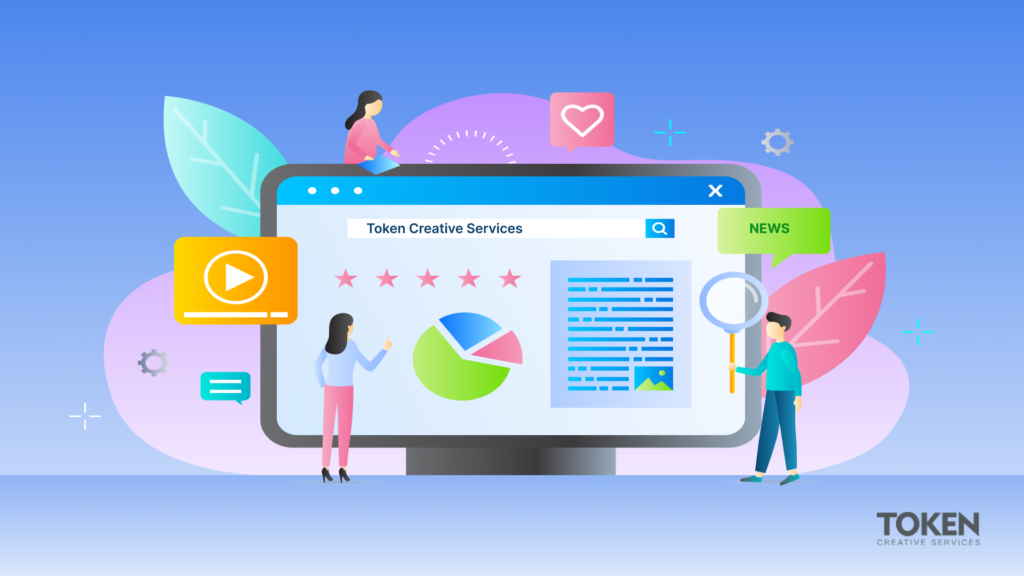How To Increase Your Lead Volume Using PPC Advertising?
PPC advertising is the most tangible and transparent method of lead generation. It shows quick results, with a directly attributable ROI, and scales incredibly easily after initial set up. If you’ve heard of PPC advertising and don’t know where to start, or you simply need some tips to optimize your account, you’ve come to the right place!
In this post, we’ll explain how to increase your volume of leads, while decreasing the amount you need to spend per lead, with Paid advertising services in Canada
What is PPC, and Why Does it Help With Lead Generation?
PPC, or pay-per-click advertising, is a type of online marketing that allows you to pay for the ads only when someone clicks on them. It essentially lets you pay to get highly interested, potential customers to your website. It gets your advert in front of people who are currently actively searching for keywords related to your business.
Search Engine advertising, specifically with Google, is one of the most popular PPC platforms. The cost per click (CPC) is very reasonable. You could pay just $3 for a click which leads to a $300 sale. PPC advertising shows the quickest and most transparent Return on Investment (ROI) of any online marketing tactic.
Estimate your ad costs for desired sales with our Ad Spend Calculator. Try it now!
Also, explore Token Creative Services' all-round PPC services for businesses in Toronto
How to Increase Your Lead Volume with PPC Advertising
From here on in, I am going to presume that you have your Google Ads account set up to at least a basic level. If not, check out our blog on how to set up a Google Ads account from scratch.
1. Add Negative Keywords
Negative keywords are keywords that you don’t want your adverts showing up for. When coupled with the keywords you do want to show up for, negative keywords provide hyper-targeted adverts. You will increase the quality of your leads by weeding out those keywords that aren’t relevant to your business.
For example if you provide a high-end, car detailing service, you would want to add ‘cheap’ as a negative keyword. This will immediately eliminate anyone who doesn’t fit into your target market.
2. Add Long-Tail Keywords
I am going to give you 3 examples:
Clothes (Short-tail)
Women’s clothes (Mid-tail)
Women’s clothes for fancy occasions (Long-tail)
Believe it or not, those long-tail keywords make up 70% of all internet searches. Logically no one will search for ‘clothes’ if they want to buy some clothes. They will search for the specific type of clothing that they want.
There are countless benefits to adding long-tail keywords to your PPC campaigns:
Higher conversion rate
Lower cost per click
Less competition
If you’re not using long-tail keywords in your PPC campaigns, you are most likely seeing no leads/sales come through, and spending a lot of money on it
Related Read: Revamp Your 2024 Strategy with 8 Game-Changing PPC Trends
3. Use Simplified Conversion Actions
A conversion is defined by a user taking a desired action. This may be to download an ebook or simply make a purchase. Defining your desired conversion and using simple tracking will give you the most transparent data when it comes to PPC.
Keep it simple. Things can get messy if you’re tracking a 7-step conversion process through Google Ads, for example. If this conversion path takes more than your conversion attribution window, it will not count as a PPC conversion.
Keeping actions simple, such as users landing on a ‘Thank You’ page displayed only after a purchase will go a long way to keeping your data clean.
4. Adjust Bids Based On Device
With the world increasingly mobile first, it’s important to understand where your potential customers are searching from. For example, ‘near me’ searches are primarily conducted on handheld devices. If you’re targeting ‘near me’ keywords, you will most likely want to adjust your bids to only show on mobile and tablet, rather than desktop.
Device-based bids go a long way in keeping your costs down and weeding out irrelevant searches. Google Ads has some great reports that show what device your desired searches are conducted from.
5. Use Ad Extensions
Ad Extensions do two important things:
They provide extra information for potential customers about your business. You can add your phone number, address, service offerings, and much more, to your advert. These greatly increase click-through rates.
Ad extensions take up real estate on the search engine results page. This means that your ad will take up more space and attract the eye of a searcher compared to your competitors.
Ad extensions are easy to set up and take a very short amount of time – they are worth doing!
Also Read: Advertising Tips for Small Businesses
In Summary
PPC advertising is one of the most profitable marketing tactics, although it is not a ‘set it and forget it’ approach. PPC accounts need love and care and nurturing in order to get them to the profitable position that you so crave.
If you want to maximize your results and scale your lead generation efforts, partnering with an expert google ads marketing agency can provide the strategic guidance and hands-on management needed for sustainable growth
Following the five recommendations above will set you on your way to an optimized, well-oiled, profitable PPC account.
Related Articles
Hyper-Local PPC: Targeting Audiences on a Street-Level
PPC for Franchise Businesses: Tailoring Campaigns for Multiple Locations
Let Us help you!
Have a question for our team? Want to learn more about what we offer? Already know what your company needs and just want to have a conversation with us?
Follow us for more helpful content.
Let Us help you!
Have a question for our team? Want to learn more about what we offer? Already know what your company needs and just want to have a conversation with us?

